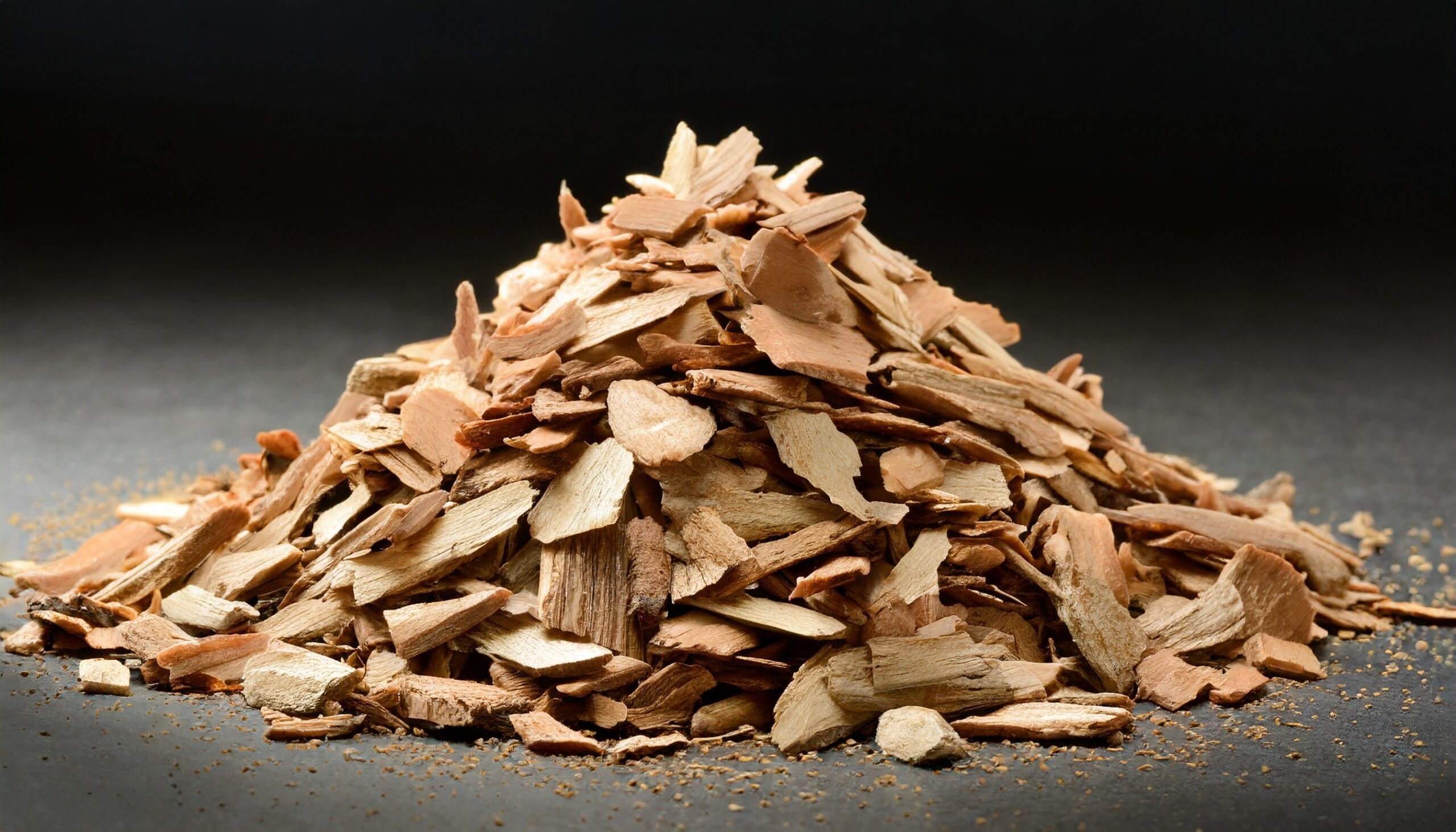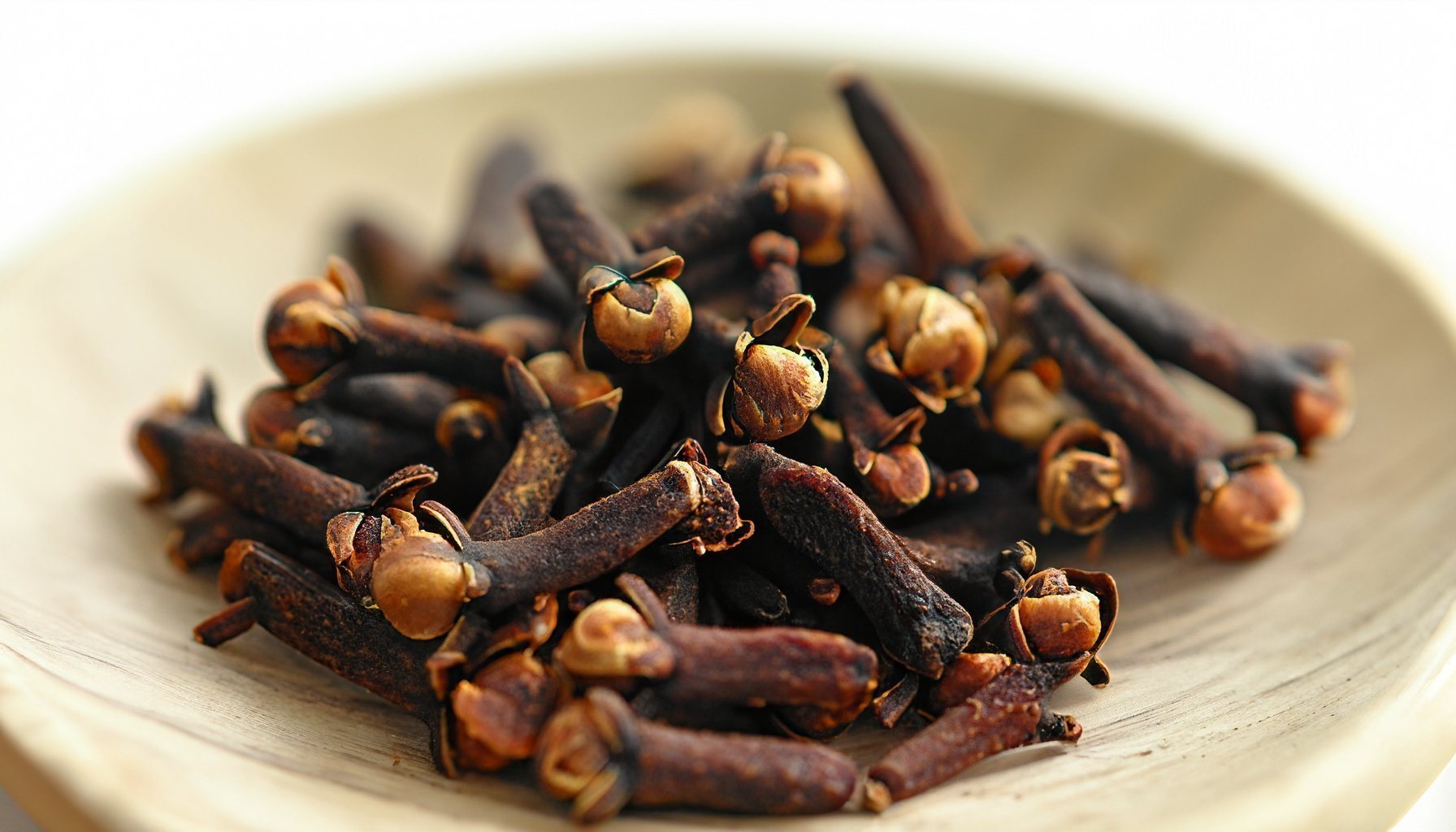
Cedarwood has a long-standing history in various cultures as a natural aromatic. Originating from trees of the genus Cedrus, this fragrant wood has been used for thousands of years, dating back to ancient civilizations like the Egyptians and Sumerians.
History
In ancient Egypt, cedarwood was highly prized, both for its aromatic qualities and its preservative properties. It played a role in mummification processes and was also used in cosmetics and perfumery. Cedarwood was mentioned in the Bible as a material used in the construction of temples and palaces, symbolizing durability and strength.
Culture
Across different cultures, cedarwood has been seen as a symbol of protection and wisdom. Native American cultures have used it in purification ceremonies, while in Tibetan culture, it’s a traditional ingredient in incense used in temples and homes. In the Middle East, cedarwood has been used in traditional medicine to treat various ailments, leveraging its supposed antifungal and antibacterial properties.
Use as a Natural Aromatic
Today, cedarwood oil is extracted through steam distillation and finds applications in a variety of fields:
- Perfumery: Its sweet, woody aroma is used as a base note in a variety of fragrances.
- Aromatherapy: Due to its calming and grounding effects, cedarwood oil is often used in aromatherapy to help with relaxation and stress relief.
- Household: The wood itself, and sometimes the oil, is used in sachets or blocks to scent and protect clothing from moths.
- Cosmetics and Skincare: Its purported anti-inflammatory and antiseptic properties have led to its inclusion in creams, lotions, and other skincare products.
- Holistic Medicine: While scientific evidence is limited, some claim it can aid in sleep, alleviate minor aches and pains, and even improve focus.
- Industrial Use: Cedarwood is sometimes used in small amounts in commercial products to give a ‘woody’ scent and also to act as a natural preservative.




